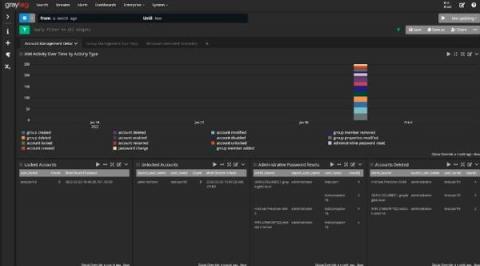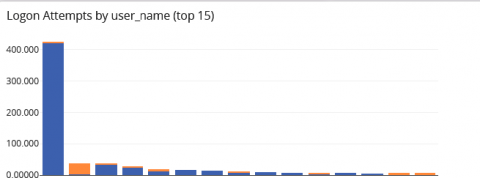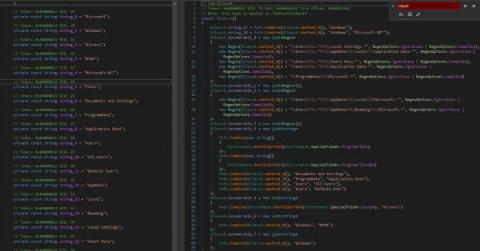Security | Threat Detection | Cyberattacks | DevSecOps | Compliance
Logging
4 golden reasons for equipping your SOC with ManageEngine Log360
Cyberattacks are fast becoming a part of our daily lives. Multiple sources such as Norton Security and Forbes suggest that since the pandemic, attacks are not only increasing in number, but they are becoming more targeted and sophisticated. The attackers using Ransomware as a Service and double extortion techniques are prime examples of how sophisticated attacks are becoming these days. Norton Security states that there are more than 2,200 cyberattacks on a daily basis.
Detecting Spring4Shell 0-day Vulnerability Using Devo (updated 4/7/22)
Editor’s note: Latest update, April 6, 2022, 7:30 p.m. U.S. EDT — This post now includes an example query to aid SOC teams in generating alerts for their specific WAF data sources. See the section “Create New Web Application Firewall (WAF) Rules” for details. A critical zero-day vulnerability in Java’s popular Spring Core Framework is being actively targeted, according to multiple reports submitted to Bleeping Computer.
Building Your Security Analytics Use Cases
Splunk Indexer Vulnerability: What You Need to Know
A new vulnerability, CVE-2021-342 has been discovered in the Splunk indexer component, which is a commonly utilized part of the Splunk Enterprise suite. We’re going to explain the affected components, the severity of the vulnerability, mitigations you can put in place, and long-term considerations you may wish to make when using Splunk.
Threat Update DoubleZero Destructor
The Splunk Threat Research Team is actively monitoring the emergence of new threats in the cyber domain of ongoing geopolitical events. As we have shown previously in several releases, including HermeticWiper and CaddyWiper, actors in this campaign are deploying, updating, and modifying stealthier malicious payloads. On March 17th, 2022, the Ukraine CERT discovered a new malicious payload named DoubleZero Destructor (CERT-UA #4243).
Threat-Based Methodology: Auditing
This is the third post in the Threat-Based Methodology blog series. In the first post, we introduced Threat Based Methodology and the analysis conducted by the FedRAMP PMO and NIST. In that post, we ended by listing the top seven controls based on their Protection Value. The second post explored configuration settings in greater depth and explained how Devo supports the ability to meet the CM-6 control.
Detect malicious activity in Okta logs with Falco and Sysdig okta-analyzer
On March 22, the hacking group Lapsus$ published a Twitter post with a number of screenshots taken from a computer showing “superuser/admin” access to various systems at authentication firm Okta that took place in January this year. Okta is a platform in the #1 platform in Identity-as-a-Service (IDaaS) category, which means that it manages access to internal and external systems with one login.
Crowdstrike's Humio Platform Wins Data Technology Innovation Award for Log Analytics in 2022 Data Breakthrough Awards Program
SOC Automation: 3 Use Cases to Reduce Analyst Burnout
As revealed in the 2021 Devo SOC Performance ReportTM — which is based on the results of a survey of more than 1,000 security practitioners — organizations are frustrated with their SOC’s lack of effectiveness in performing its vital work. To combat the concerns the survey identified, it’s important for SOCs to refine how they operate.










